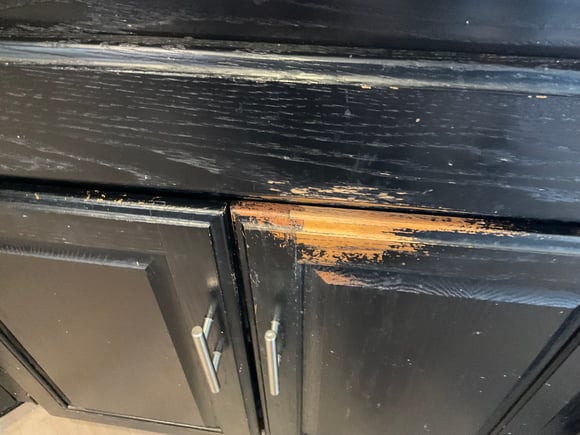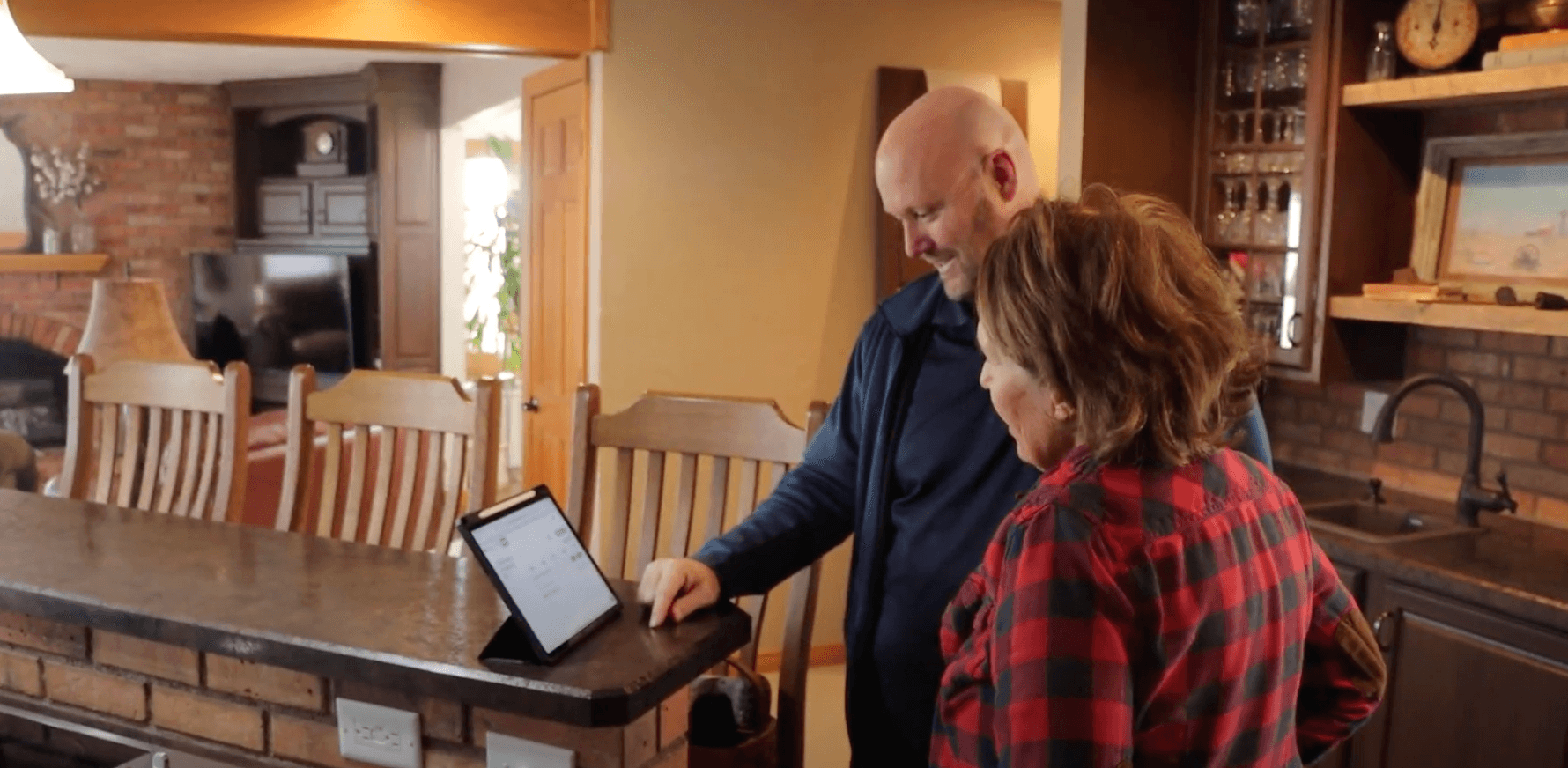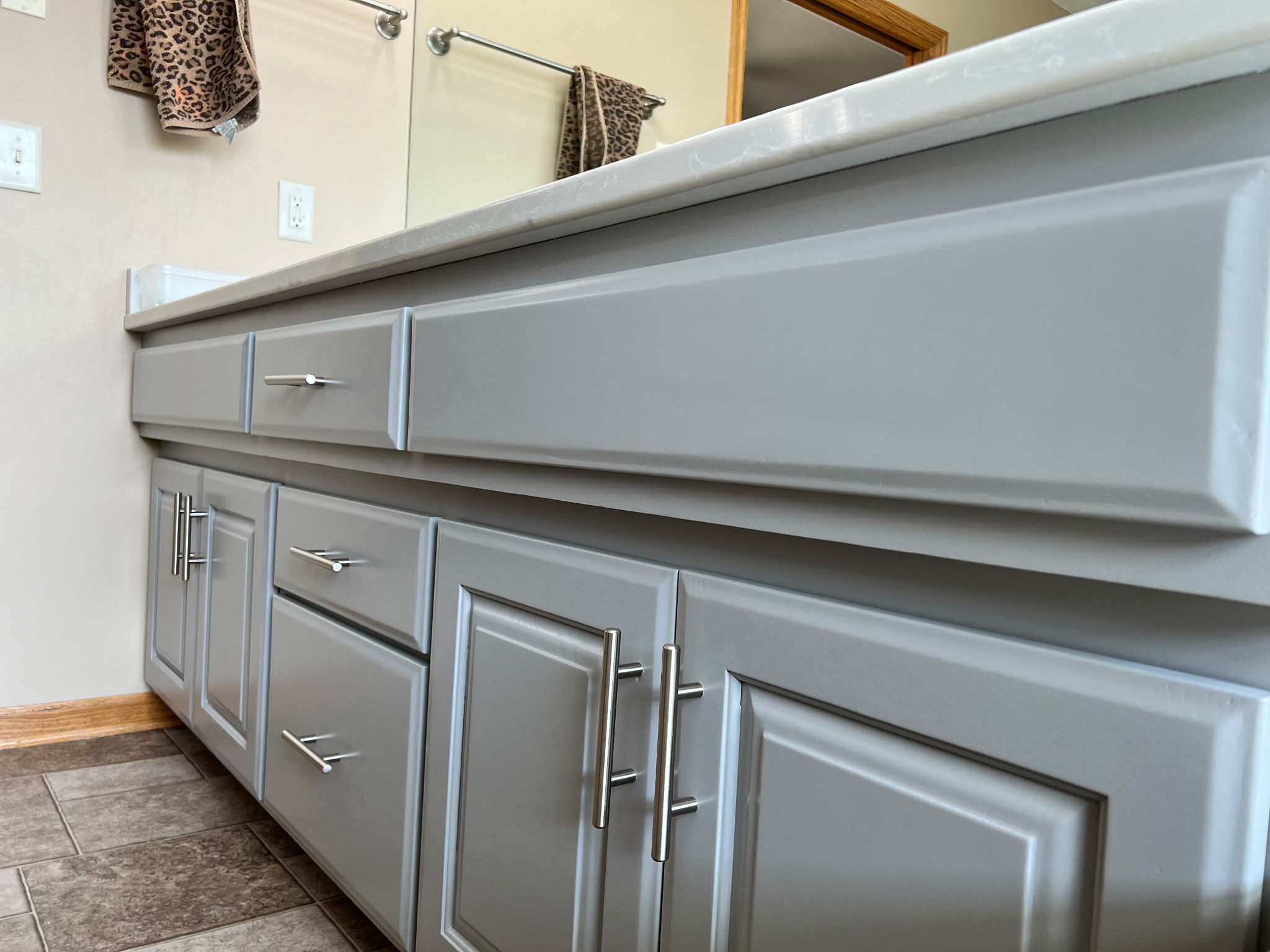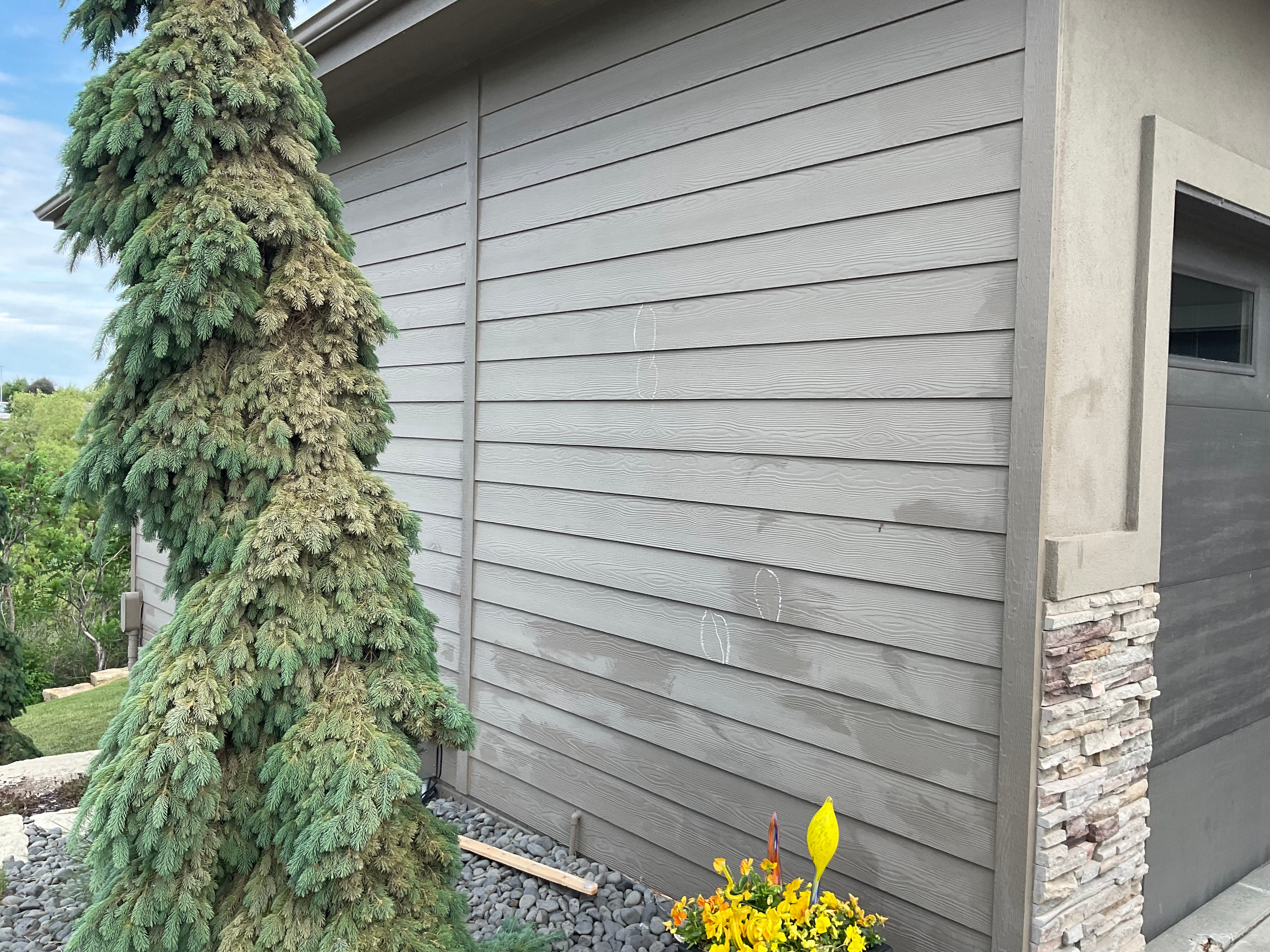What To Do If You Got A Bad Painting Job in Omaha, NE
February 7th, 2025
4 min read

You had high hopes for your painting project, expecting a smooth surface, crisp lines, and a fresh, professional finish. But now, all you see are streaks, uneven coats, and sloppy edges. Maybe the painter rushed the job, used low-quality materials, or didn’t follow through on what they promised. It’s frustrating to feel like you paid for a job that doesn’t meet your standards, especially when you were just looking to improve the look of your home.
We've seen it all at Brush & Roll Painting in Omaha, NE. Since 1996, we’ve met homeowners in Omaha who came to us after a previous contractor disappointed them. We know how to spot the signs of poor workmanship and help homeowners get their projects back on track. With nearly 3 decades of experience in residential painting, we understand what it takes to deliver lasting quality results.
In this article, we’ll walk you through actionable steps you can take if you’re dealing with bad painting work. You’ll learn how to review your contract, spot red flags in a painter’s behavior, and protect yourself in the future. By the end, you’ll have the tools you need to address the problem and ensure your home gets the care it deserves.
Signs of a Bad Painter in Omaha
5 Physical Signs of Poor Workmanship in Painting
Before addressing bad work, let’s identify the warning signs. Knowing what to look for helps you spot problems early:
- Visible streaks or uneven paint coverage: Walls should look uniform. If you can see patchy areas, the painter didn’t apply enough coats or used a low-quality product.
- Messy edges and lines: Clean edges where walls meet ceilings, corners, or trim are the base of professional work. Uneven lines suggest a lack of attention to detail. A professional painter would lay drop cloths or paper and tape off the edges.
- Drips or splatters: Paint drips left on walls, floors, or furniture show a lack of care. This means the painter likely rushed the project and literally slapped the paint on.
- Peeling or cracking paint: This could mean the painter didn’t prepare the surface properly or used low-quality materials.
- Failure to complete agreed tasks: If your contract specified that trim or cabinets would be painted and they’re left undone, that’s a problem.

7 Signs Your Painter Prioritized Profit Over Quality
Some painters are more focused on collecting a paycheck than delivering good work. Here are some warning signs:
- They don’t care about your timeline: Instead of working within your schedule, they rush the job to move on to the next client as quickly as possible.
- Lack of communication: If they don’t return your calls or emails, fail to update you on progress, or ignore your concerns, that’s a major red flag.
- They show up late or not at all: Consistent tardiness or missed appointments shows a lack of professionalism and respect for your time.
- High-pressure sales tactics: Did they push you to sign quickly or offer a discount if you committed on the spot? This could indicate they prioritize volume over quality.
- No preparation: Skipping steps like cleaning or priming surfaces leads to subpar results and signals they cut corners to save time.
- No references or portfolio: A professional painter should be able to provide examples of past work or satisfied clients.
- Rushing through the job: If the project was completed in record time but looks sloppy, they likely didn’t prioritize quality.
What To Do if Your Painter Has Done Bad Work
Step 1: Review Your Contract
Your contract is your biggest ally when addressing bad work. Here’s what to look for:
- Scope of work: Review what the painter agreed to do. Were specific areas of your home listed? Were multiple coats specified?
- Timeline: If the painter rushed and missed details to finish early, that’s not acceptable. The timeline should align with the quality of work.
- Materials: Was a particular brand or quality of paint promised? If the painter cuts corners, you might notice bad results.
Compare what’s in writing to what was delivered. This will give you a strong starting point when discussing your concerns.
Step 2: Communicate Clearly
Start by bringing the issue to your painter’s attention. Many contractors are willing to address problems if you approach them calmly and professionally.
- Document the issues: Take clear photos of the areas you’re unhappy with.
- Be specific: When speaking with the painter, point out exactly what needs to be corrected, such as streaky walls or missed areas.
- Set expectations: If corrections are agreed upon, ask for a specific timeline and clarify what “fixing” the issue will look like.
If the painter is dismissive or unwilling to help, you may need to escalate your response.

Step 3: Explore Your Options
If the painter won’t fix the work or if the quality is too poor to fix, here are your next steps:
- Hire a professional inspector: A painting inspector or third-party expert can evaluate the work and provide documentation to support your case.
- Request a refund or partial reimbursement: If the painter fails to meet the terms of your contract, you may be entitled to some of your money back.
- Report them: If the painter refuses to address your concerns, you can file a complaint with the Better Business Bureau or your state’s consumer protection office.
- Hire another painter: Sometimes, it’s best to cut your losses and bring in a reputable company to redo the work.
Step 4: Protect Yourself in the Future
To avoid repeating this situation, here’s how to choose a better contractor next time:
- Do your research: Look for online reviews, check the painter’s portfolio, and ask for references.
- Ask about prep work: A quality painter will emphasize surface preparation as part of their process.
- Get a detailed contract: Make sure it outlines the scope of work, materials, and timeline.
- Be wary of low bids: If one contractor’s price seems too good to be true, it probably is.
- Request a walkthrough: Before paying the final bill, do a detailed walkthrough after your painter has finished to ensure everything meets your expectations.
What to Do When a Painter Does Bad Work
Dealing with bad painting work is frustrating, but you don’t have to settle for results you don’t love. By reviewing your contract, documenting issues, and communicating clearly, you can hold your painter accountable. If necessary, explore your options for getting the problem fixed or your money refunded.
If you’re ready to work with a professional team that prioritizes quality and customer satisfaction, Brush & Roll Painting is here to help. Click the button below to get a quote and ensure your next project is done right.
Hiring a painter can feel overwhelming, especially if you’ve had a bad experience in the past or aren’t sure what to look for. That’s why we’ve created a simple, easy-to-follow guide to help you make the best decision for your home.
The ultimate guide to hiring a painter walks you through everything you need to know, from asking the right questions to spotting red flags so that you can hire with confidence. Download your free guide today and take the guesswork out of finding a reliable, professional painter for your next project!
Kaylea is the Brush & Roll Painting Content Manager. Kaylea is a Journalism and Media Communications summa cum laude graduate with a minor in Marketing from the University of Nebraska at Omaha. Kaylea manages the marketing for Brush & Roll Painting.
Topics:














-Jul-23-2025-02-21-33-5468-PM.png?width=800&height=418&name=Blog%20Post%20Image%20Size%20(2)-Jul-23-2025-02-21-33-5468-PM.png)




-Oct-22-2025-01-39-19-5208-PM.png?width=800&height=418&name=Blog%20Post%20Image%20Size%20(1)-Oct-22-2025-01-39-19-5208-PM.png)







